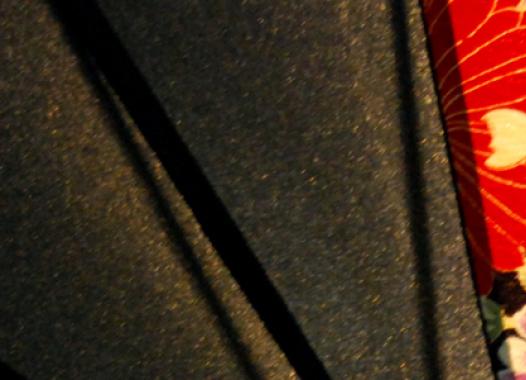
Join the colloquy
Poetry after Language
more
This colloquy pairs with a 2015 seminar at the American Comparative Literature Association conference examining the continuing international significance of the L=A=N=G=U=A=G=E school in the wake of renewed politically engaged practices after the international years of protest (and protest culture) of 2011-13. At a moment that artistic movements across the world are taking up avant-garde stances, strategies, and practices once more, what are the legacies of earlier recoveries of the avant-garde? What role does poetry specifically have to play in contemporary avant-garde aesthetic practices, and how might it interact with contemporary art, theater, documentary film, theoretical prose—not to mention the numerous hybrid genres, remediations, and possibilities for dissemination online?
Taking its name from L=A=N=G=U=A=G=E, the journal edited by Charles Bernstein and Bruce Andrews in the late 1960s and 1970s, language poetry edged toward the position, in Lyn Hejinian's words, that "language is nothing but meanings, and meanings are nothing but a flow of contexts. Such contexts rarely coalesce into images, rarely come to terms. They are transitions, transmutations, the endless radiating of denotation into relation."[1] Rejecting traditional conceits of voice, ego, authenticity, and expression, language poets instead labored to expose the device, to dispel the illusion, and to illustrate through poetic means the same attacks on the author and humanist subjectivity as were being launched on the pages of poststructuralist theory. For poetry as for critical theory, the stakes were political and high.
Language poetry also proved highly contagious. Hejinian's exchanges and mutual inspiration with Arkady Dragomoshchenko and the poets of the then-Leningrad underground helped to revive and revitalize an alternative Russian-language poetic tradition, with local roots reaching back to the revolutionary poets of the Soviet 1920s. From Dragomoshchenko on, Russian poets explored practices ranging from what I term "poetics of refusal," when the critique of literary institutions makes further publication impossible and transubstantiates poetry into activism, to exquisitely difficult and philosophical poetry inspired by a transnational canon of leftist artists and philosophers. In St. Petersburg today, the spaces of publication and performance are being re-imagined, as is the avant-garde journal as a venue, art object, collective cause, and social network: today's avant-garde journal has an active presence both off- and online. While poets test the limits of digital dissemination, they also embody their poetics in performances that insist on the physical presence of the poet, at times in potentially dangerous or illegal circumstances.
What are the other channels, networks, and systems by which L=A=N=G=U=A=G=E poetry has gained a global reach? How has contemporary avant-garde poetic practice incorporated, extended, or critiqued the relation between poetic language and political formation? We return to the "language of inquiry" in Anglophone, Russophone, South American, Francophone, and diverse global poetries—to raise questions of transcultural, translingual, and transmedia poetic movements. Further topics for study include: vernacular poetries and the avant-garde; poetry and translation; the place of poetry in a literary world-system; the international flourishing of hybrid forms of poetry, including lyric essays and disruptive performances; political readings of poetic meter and trope; international poetry journals and publishing; institutions of contemporary global poetry.
[1] Lyn Hejinian, The Language of Inquiry (Berkeley, CA: University of California Press, 2000), 1.





















